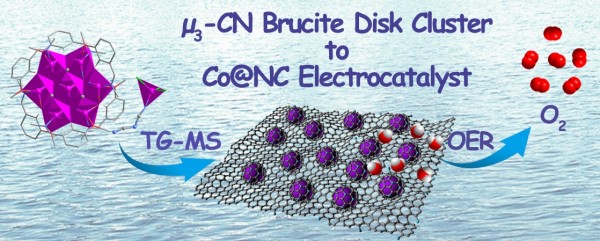Heptanuclear brucite disk with cyanide bridges in a cocrystal and tracking its pyrolysis to an efficient oxygen evolution electrode
2019
期刊
Science Bulletin

- 卷 64
- 期 22
- 页码 1667-1674
- Elsevier BV
- ISSN: 2095-9273
- DOI: 10.1016/j.scib.2019.09.013
